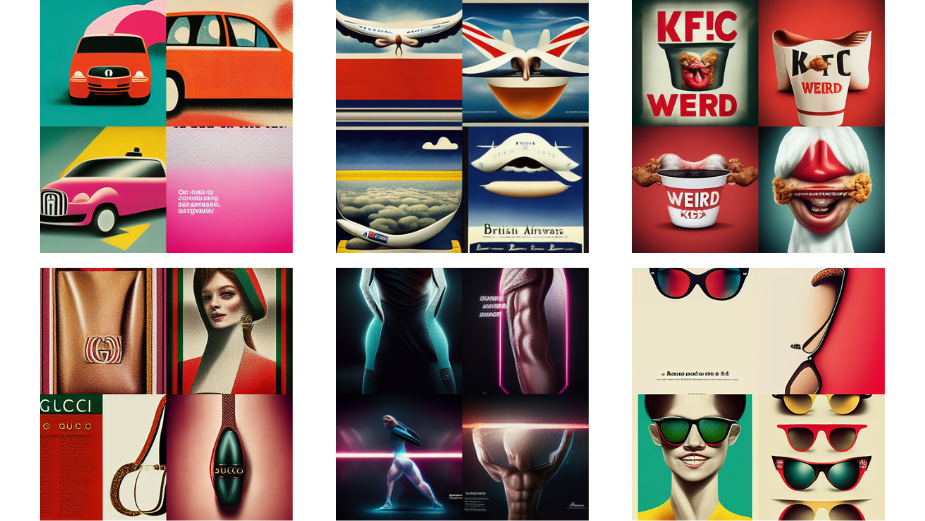#55 15.05.2023
Oftentimes, when we market products, we think we are building brands and vice versa. Soon, marketing conversations become a product vs. brand battle.
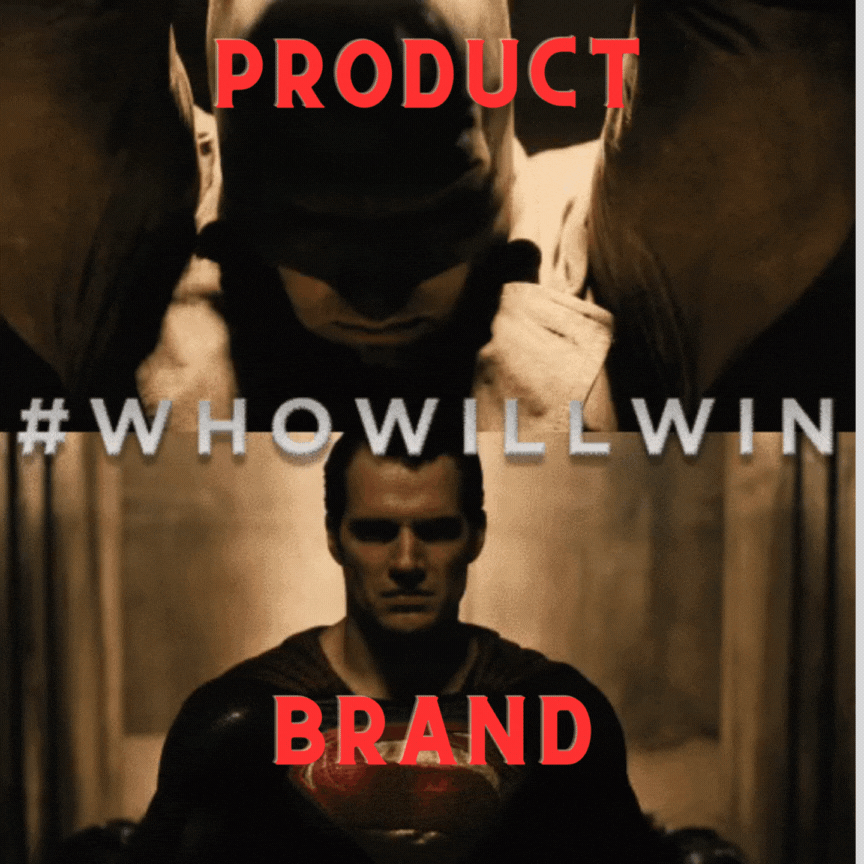
I think the product and brand relationship is like a see-saw. Best businesses are those that have both in balance.
L’Oreal, Lipton Ice Tea and Amazon Diwali Sale
I had written about the adventure that led to my first job with my dream company, L’Oreal. This was 1998, I was in sales, and I was really bad at it. I was bad because I had a mental block. As a newly minted MBA, I held onto a naive and idealized belief that ‘brands sell on their own’. And that discounts and promotions ‘cheapen’ them and erode equity.
That’s why, I missed my targets in the first few months.
But then something changed. I saw first hand, that promotions worked like rocket fuel for sales. And yet, people’s regard for the brand did not deteriorate!
Whether it was a 12+1 deal for retailers – when he bought 12 pieces of anti-wrinkle cream, he got 1 free – so he made an additional margin of 8.33%. Or, a sweeten-the-deal scheme for consumers – an under-eye gel free with an anti-wrinkle cream, or 30% extra facewash at the same price. Both sold so well that we had to ration out stock.
Needless to say, I started meeting my targets.
Thirteen years later, I was heading the Lipton Ice Tea Business. The ready-to-drink product was world-class. It was manufactured using cutting-edge technology that preserved the delicate taste of tea leaves. It also came in delicious lemon and mint flavors. Eight months after launch, we had to run ‘buy two get one free’ schemes. We still did not manage to sell out all the stock.
Then, thanks to BN, we launched Lipton Ice Tea in Subway outlets, and we started to get a steady rhythm of small but sustained sales. Through association, Subway’s ‘better for you’ image rubbed off on Lipton Ice Tea, and in Subway’s premises, Lipton Ice Tea product became a brand. Lipton Ice Tea and Subway are going strong to this day.
Twenty-three years later, at Amazon, I saw that during the Diwali sale, which is also the biggest sale of the year, brands sell out the most. In fact, iPhone deals are the hottest of them all and millions of consumers stand-by just to buy the latest model the second the clock strikes midnight.
I now have lived experience that tells me:
- Strong brands are as addictive as cocaine. Our hunger for them intensifies if they are at a discount.
- Strong products by themselves don’t scale. No matter how great they are. They need the scaffolding of branding.
Brands started as identifiers, and have evolved to signal trust and differentiation

I am sure you all know that the earliest use of “branding” was to hold the seller accountable. Cattle would be stamped with their owner’s initials to identify which farm they came from so buyers knew who to reach if the promise of quality was not met.
Then industrialisation fueled an abundance of products and social media fueled a crisis of attention deficit.
Marketing became a function separate from sales. And branding became more sophisticated. It was (and is) used to not just signal trust, but also to create meaning that differentiates one brand from the other.
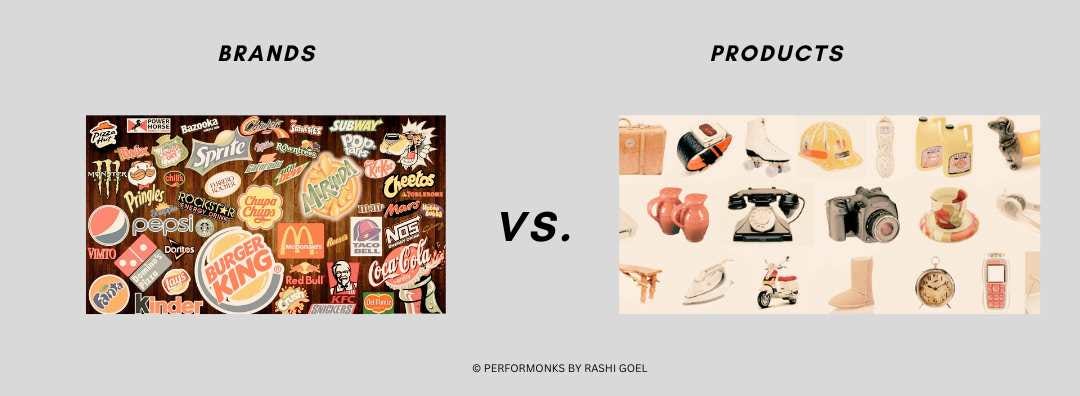
Branding is best noticed in comparison. Let’s compare product and branding for three different soap brands.
All soaps clean equally well. But different soap brands construct different meaning
All soaps clean equally well.
But what makes each soap business different, is the brand.
Brands do three things really well:
- They know a secret: they go deep into the inner lives of humans and discover their secrets. They understand what humans wrestles with, worry about and wish for
- They make a promise: they make a promise to help resolve that secret. And they believe that only they and no other can keep that promise
- They deliver on their promise: They painstakingly deliver on that promise through each and every part of their product. But also through everything about them that we see, hear and touch
Lifebouy, Lux and Dove are all bathing soap brands. All three have an ambition to enter the homes of one billion Indians.
In my opinion, all three have their brand and product see-saw in balance, but in very different ways.
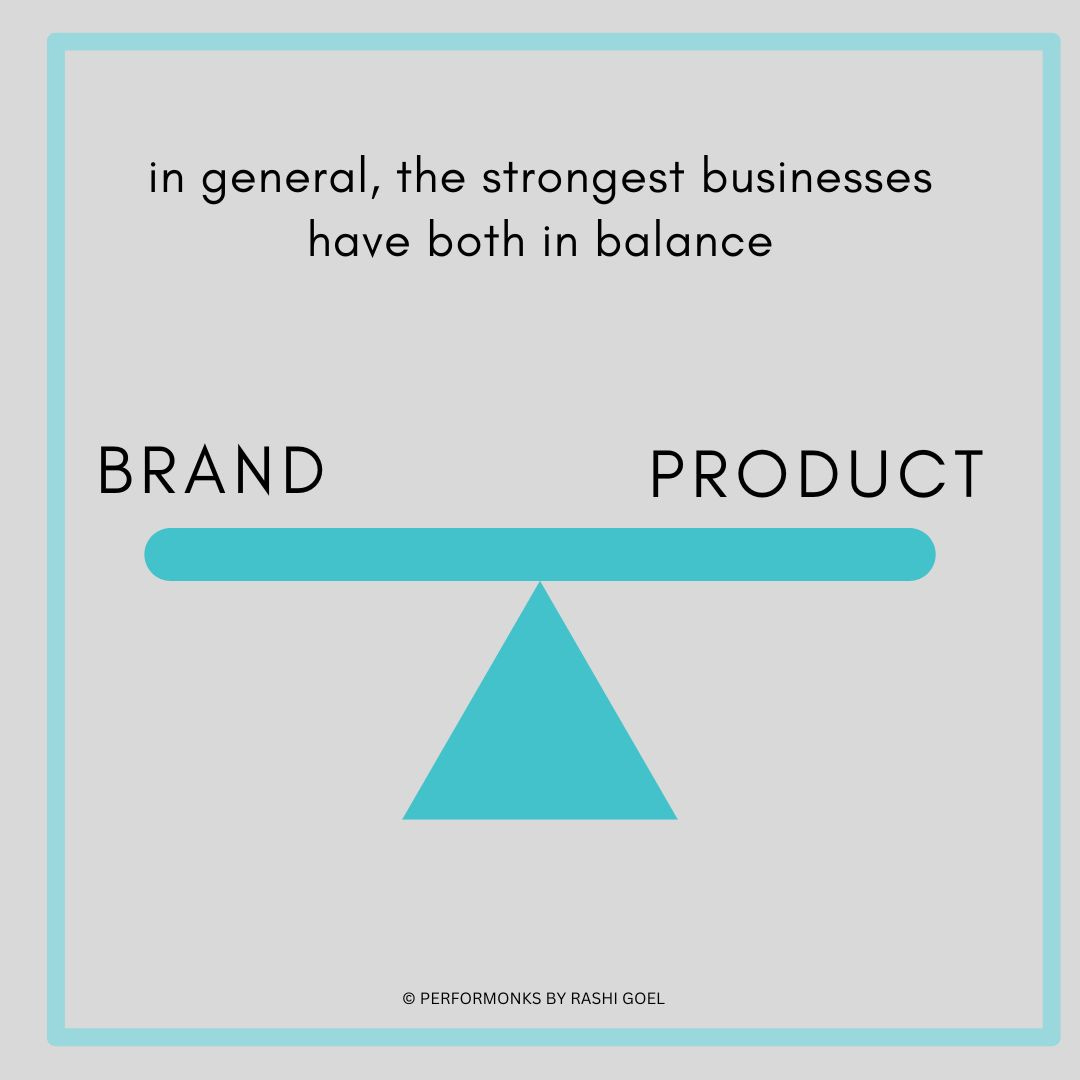
Lifebouy
The Secret: Fear of Illness. A large majority of Indians are daily wage earners or entrepreneurs. Lifebouy understood that they live in fear of illness. Even a day’s illness means that the day’s income is lost. They also depend on school mid-day meals to feed their kids. A day’s illness means one free meal missed. They are afraid of illness, but they don’t realize that it is their ignorance that makes them ill – when they don’t wash their hands with soap, germs fester and they fall ill.
The Promise: Lifebouy kills germs so you can live a life without fear. Lifebouy promises that if more people wash their hands more often with Lifebouy, they will be free from fear.
The Delivery: Doctor, Plus Sign, Handwashing. All messaging from Lifebouy single-mindedly reminds us to handwash. Their product contains active ingredients that kill germs. The logo in the form of a medical plus sign, the presence of a doctor and strong germ-kill claims (100% better germ protector) communicate trust – trust us, we deliver on the promise we have made.

Lux
The Secret: Private fantasy time. Women are overworked and underappreciated. They are surrounded by tasks and are constricted by social norms throughout the day. They find ‘me-time’ only in the privacy of their bathrooms. This is when they allow themselves to feel good about themselves.
The Promise: Lux supports their fantasies. Lux promises to make them feel as luxurious and as glamorous as stars.
The Delivery: Champagne products at Coke prices. Lux rolls out the proverbial red carpet to elevate her bath time – fine perfumery inspired long-lasting fragrances, rich lather, exotic flowers and oils as ingredients, colorful bars and glossy packaging. The soap bars even have flower etching on them. Lux advertising also associates with the most glamorous stars.
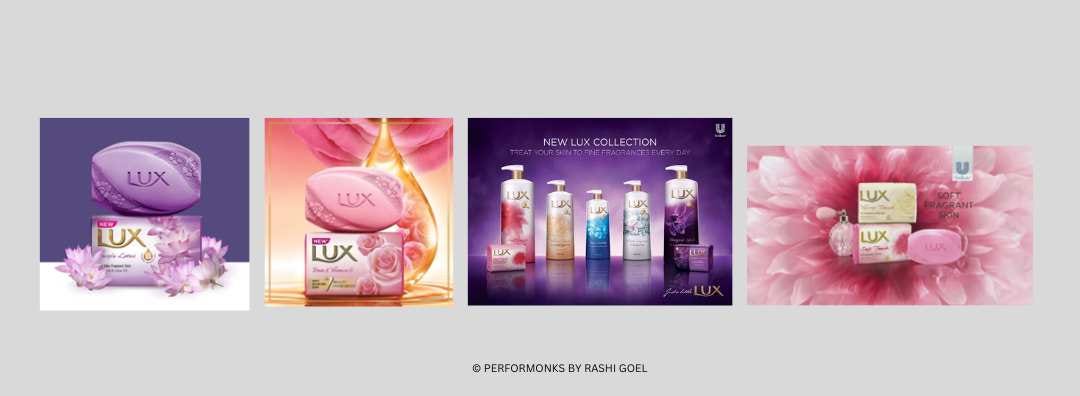
Dove
The Secret: Unrealistic demands. Women are held to unrealistic expectations of beauty. They feel pressurized to look and dress a certain way. They start feeling that they are not beautiful unless they follow all the rules prescribed by media and celebrities.
The Promise: Dove says you are beautiful the way you are. Dove’s mission is to get every woman to believe that her real beauty lies within her natural self.
The Delivery: Real beauty, real products. Dove products contain 1/4th moisturising cream. Moisture is gentle and nourishing and it enhances natural beauty. Dove shuns cookie-cutter beauty and features diverse beauty in all its communication. All packaging is pristine white, it celebrates natural ingredients and has a clean, natural look and feel.

When product is stronger than brand
Generally, all new businesses have technology or product that they believe the world needs.
Along the way, there are many twists and turns that finally lead to a strong product and brand in balance.

Lux started as a laundry soap
In fact, Lux started as a laundry soap called ‘Sunlight Flake’, in 1899. In 1990, the name was changed to “Lux” – Latin for “light” and “luxury.” Then, the same soap was used for both bathing and washing clothes. So Lux was educating users about its delivery as a laundry product.
Later, they learnt that women were using Lux mainly as toilet soap. In 1941, forty-two years after launch, Lux cast its first movie star endorser -Leela Chitnis.
The Promise as I have described it today, is the result of decades of tweaks and distillation at Unilever.

Dove also was a product first.
It was a premium soap, with Delivery of 1/4th moisturising cream. And it was marketed purely on the Promise that “it moisturises as it cleanses”. Again, the secret and the promise further evolved only over decades of refinements and meeting users. Read Dove’s history here to know more.
Two new brands that come to mind – Blue Tokai and Sleepy Owl. Blue Tokai seems to have more richness and complexity in the Delivery and Promise, to start strengthening their brand.
Sleepy Owl
Sleepy Owl is all about The Delivery – instant coffee in interesting flavors. Its packaging is distinctive – Tin Cans. Cold Brew. Glass Bottles with ring pull caps. Its flavors look interesting. It also has tie ups with various restaurants.
I think The Promise and The Secret is missing. There might be some fodder here to start building a brand. For example, the Sleepy Owl logo – I have never looked into an Owl’s eyes, so I can’t tell if it’s sleepy or wide awake because it’s just taken a swig of some of its own coffee. Is Sleepy Owl The Only Coffee for when we have to stay up late to finish work or is it the first beverage we consume after a night of party? In short, does it jolt us awake or does it keep us alert?
There’s a lot left unsaid and unexplored, which holds back Sleepy Owl from embedding the brand into the product.

Blue Tokai
Blue Tokai has invested a lot of thought into The Delivery. Which in my opinion, is 💯. They seem to be a complete coffee solution. They have all types of coffee formats – beans to pods to french press to innovative ‘coffee bags’. They have accessories, equipment, different coffee blends, and even cafes. Their packaging and logo is also distinctive and attractive.
Their Secret seems to consider affluent global Indians who appreciate a good cup of coffee but don’t get it in India. Their Promise seems to be that Blue Tokai will offer a global quality coffee experience at home or in a cafe.
The promise is still linearly linked to the product delivery. The brand will need to build deeper meaning for global Indians to make it first amongst equals.
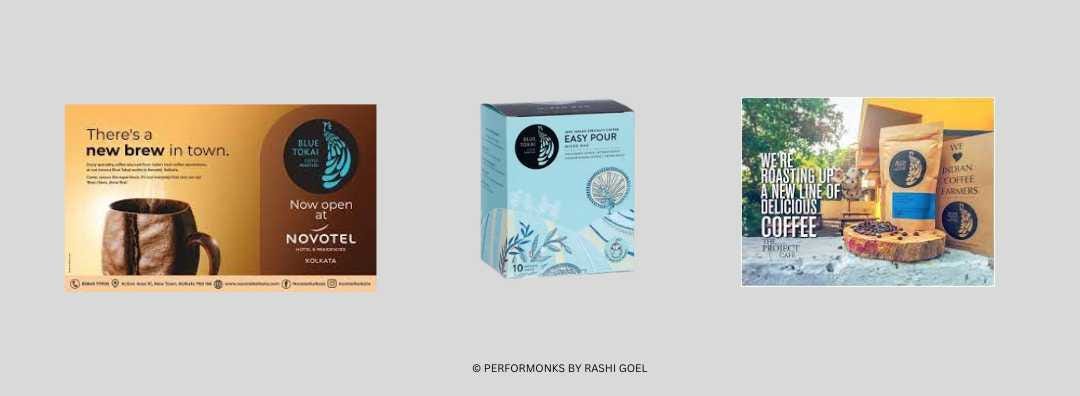
When brand is stronger than product
Public figures become brands in themselves and then launch products. They feel the Promise of celebrity will rub off on the product and that is enough.
But if the delivery does not match the promise, the business does not sustain.
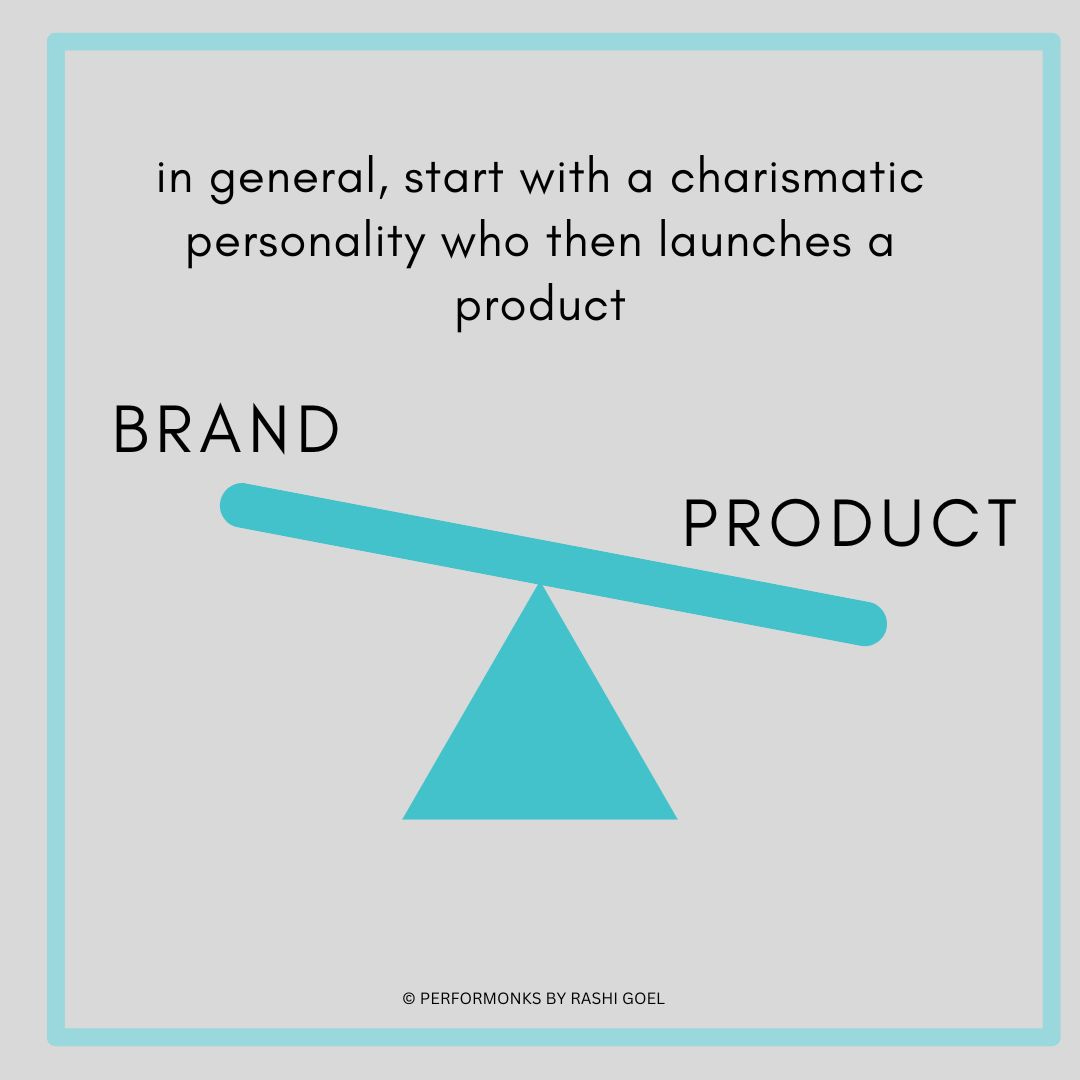
Patanjali was a brand before it was a product.
Baba Ramdev became an overnight national celebrity, powered by free television airtime for his yoga classes. He built a powerful personal Promise around the mastery of ancient knowledge of Ayurveda and Yoga.
Soon after, he launched the Patanjali range of products. No category was untouched – staples, food, personal care, nutrition supplements. Even jeans and a covid cure were launched! But 35% of their sale comes from only three products – Ghee, Toothpaste and Shampoo.
The strength of the brand is testimony to their rapid revenue growth. However, the product delivery did not matched the promise made across the range. They have remained at Rs.9,000cr ($1BN), instead of their prediction that they would be $2BN by 2020.
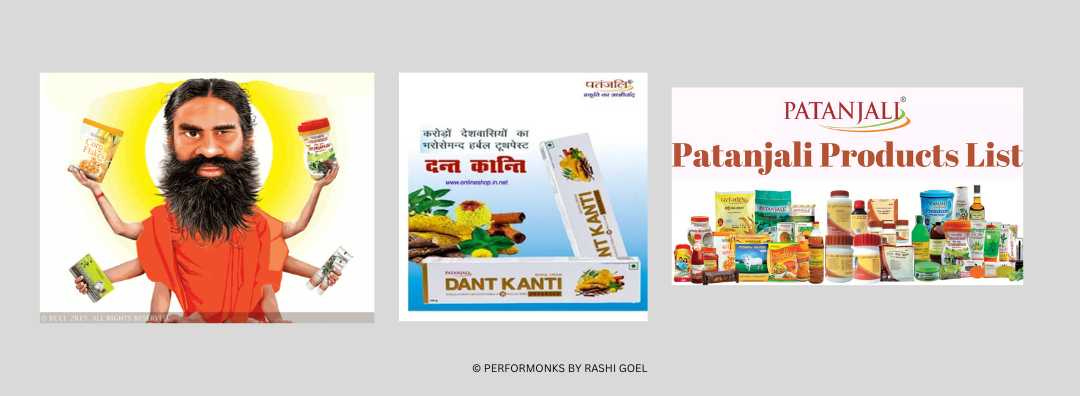
At one point, Lifebouy brand became stronger than the product
While Lifebouy entered India in 1895 as a bathing soap. It has been promising health protection since 1964, with “Tandrusti ki raksha karta hai Lifebouy. Lifebuoy hai jahan Tandurusti hai wahan” (Lifebuoy protects health, wherever there is Lifebuoy, there is health).
Even at that time, Lifebouy was a powerful brand and product. And most Indians who used soap, used Lifebouy.

There came a point when the brand seemed stronger than the product. Let me explain. When I was young, Lifebouy was a carbolic soap that people washed their hands with after doing No.2. The carbolic killed germs, but it also gave off a weird smell. So everybody knew you had just gone No.2 if you smelt of Lifebouy.
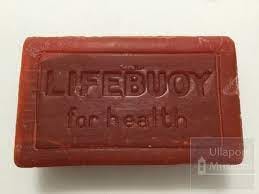
Then in early 2000s, Lifebouy, under the leadership of Gopal Vittal, took the courageous step of replacing carbolic with other neutral smelling germ kill actives. He and his team also unearthed the Secret and crafted the Promise that I mentioned earlier.
The business has gone from strength to strength ever since. Lifebouy used to remind us of No.2. Today it continues to be No.1 in the country.
Coke and Pepsi have strong brands but undifferentiated products
How can we not talk about the colas when we are talking about branding. The famous ‘New Coke’ incident shows us that the brand has to play a stronger role because for the average user, the products are undifferentiated.
TL:DR
Get The Secret, The Promise and The Delivery of your brand and your product in synch to grow Citius, Altius, Fortius – Communiter!
